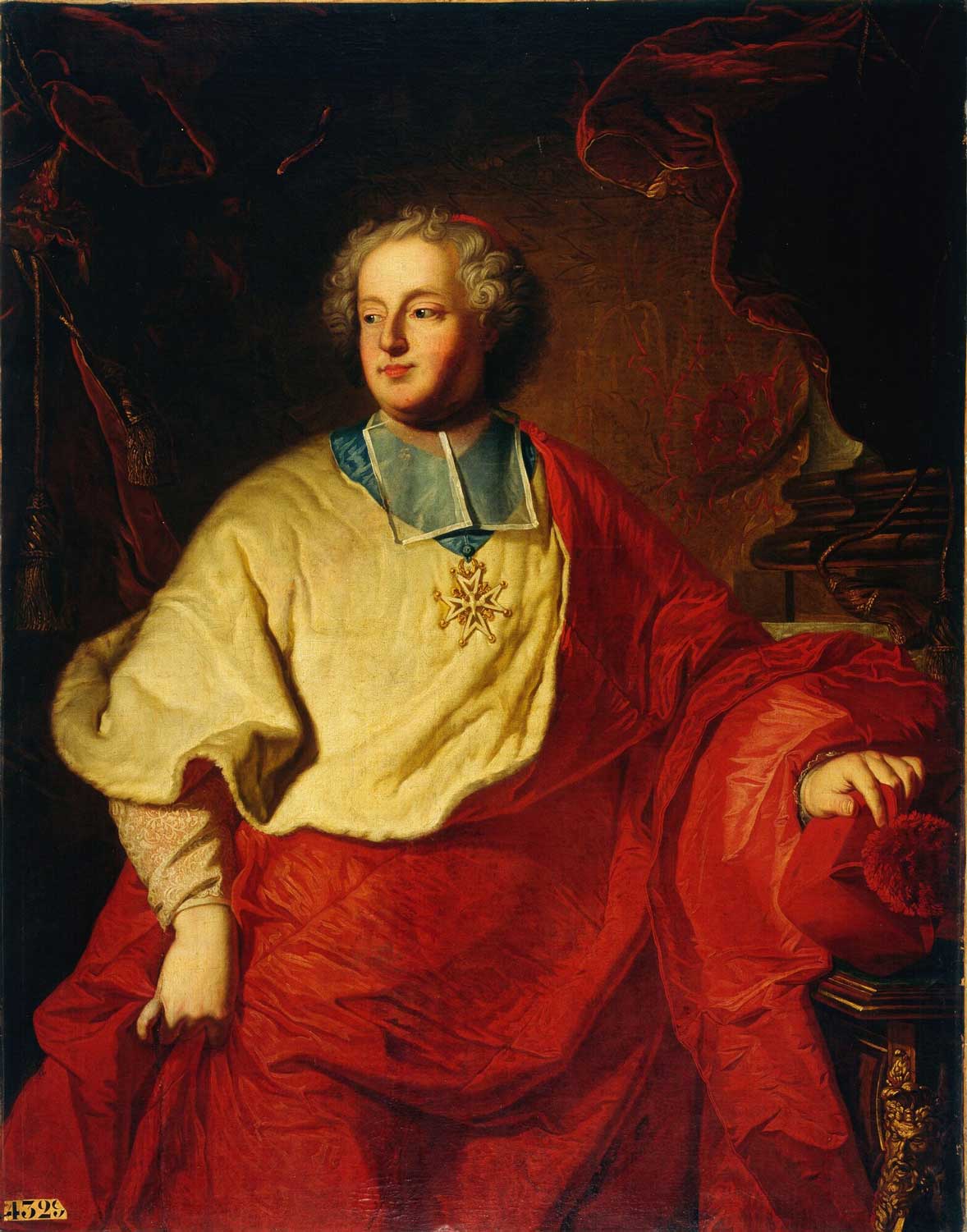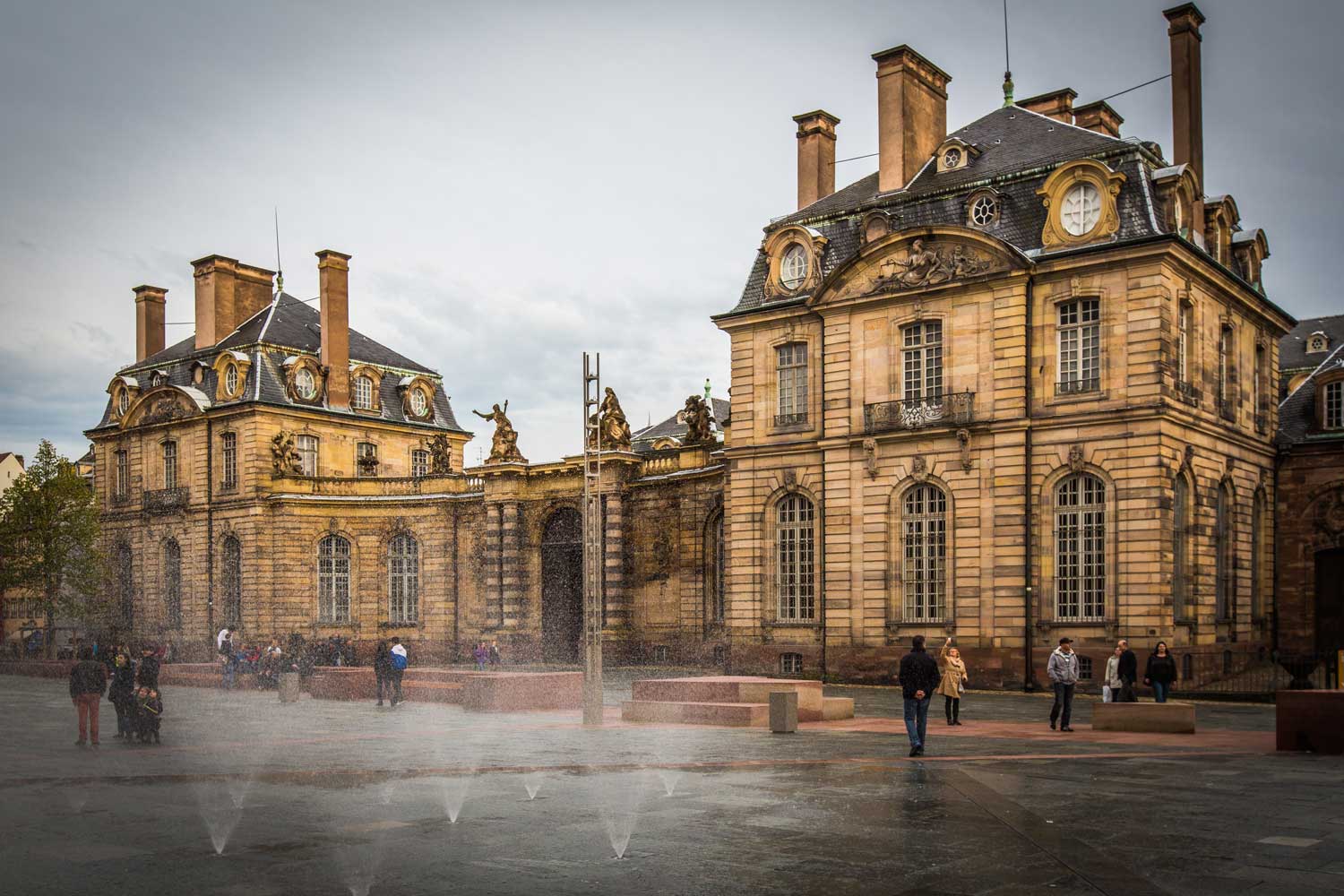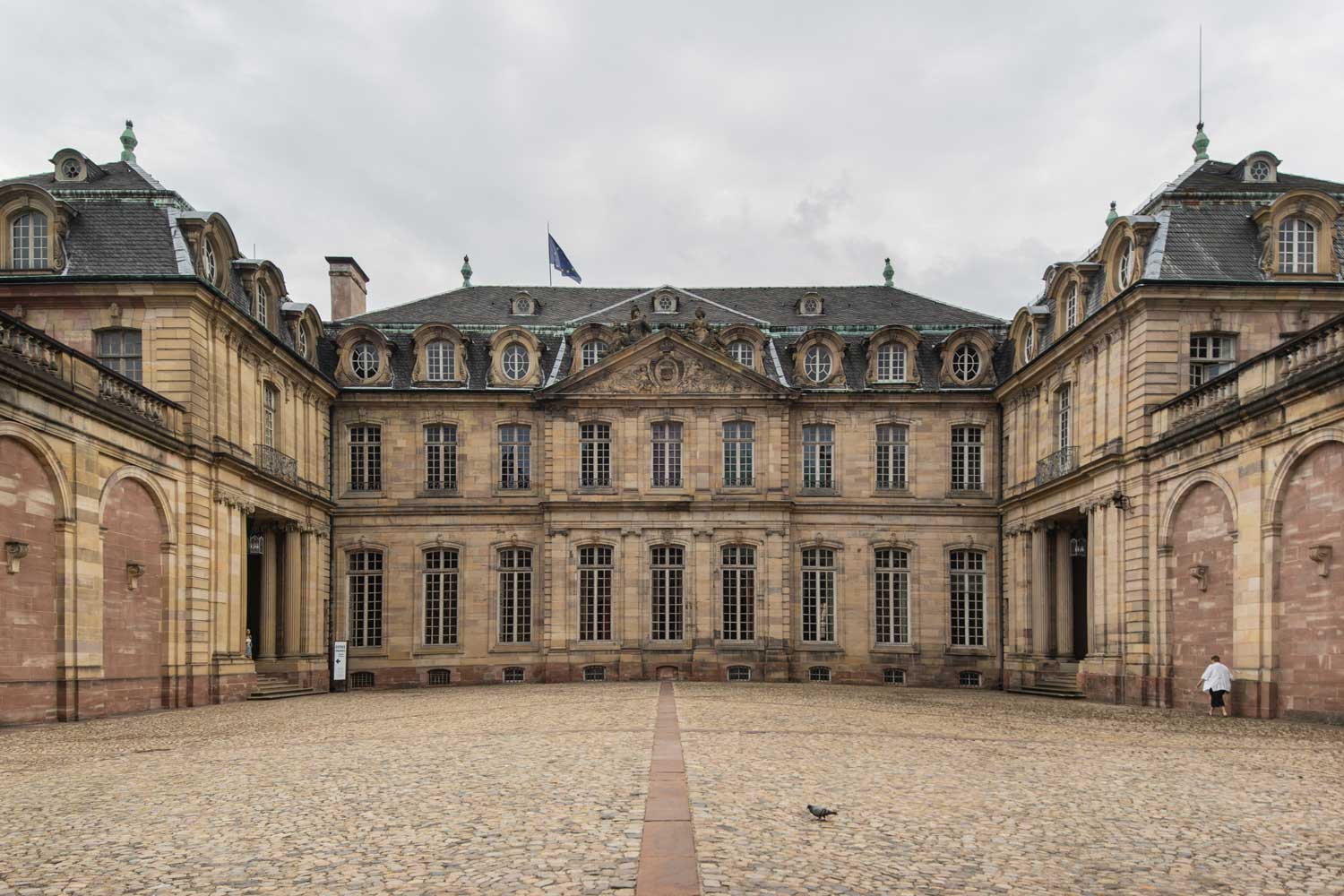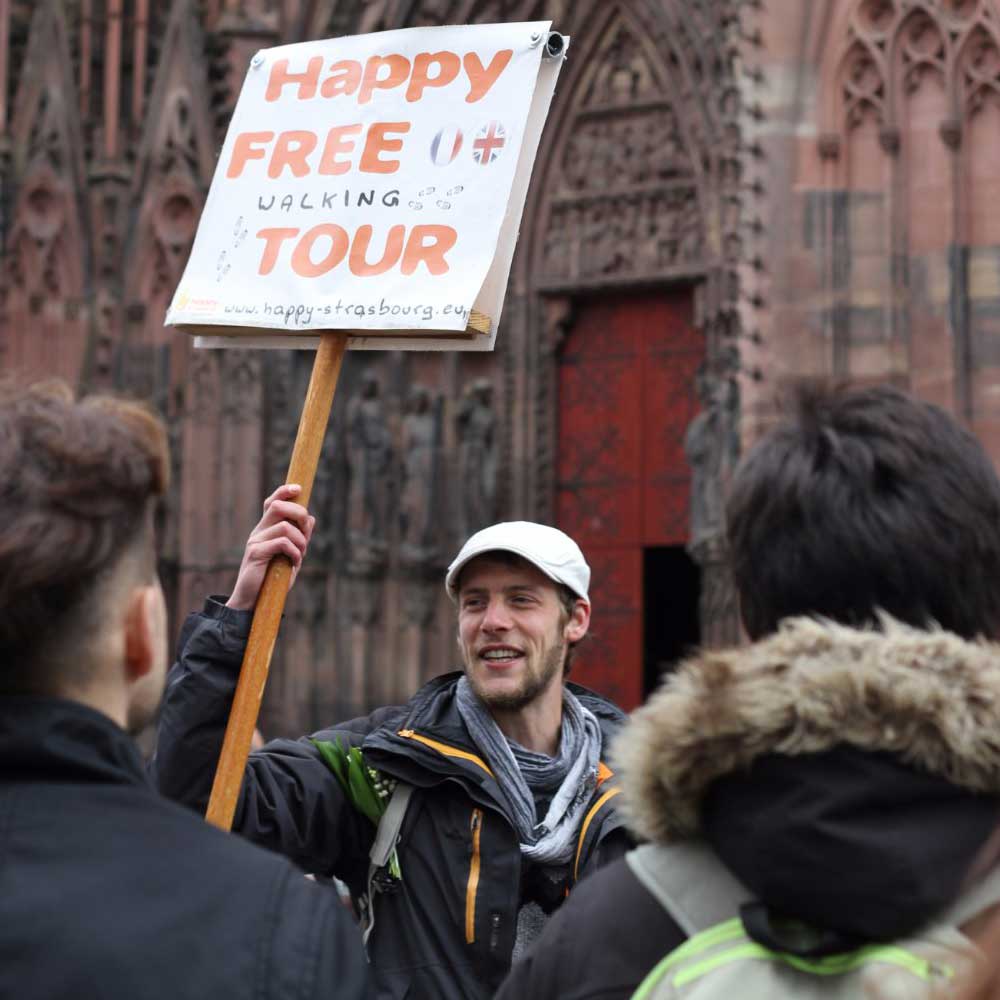Rohan : the origins
January 29th 2020, by Gustave
Armand Gaston Maximilien de Rohan Soubise: daddy’s boy…
And mommy’s also!
Among the key symbols of Strasbourg, the Rohan Palace is undoubtedly part of the top 5. Anyone who spent at least 24 hours in the city has seen the Rohan Palace. Its construction dates back at 1742 and is only the result of an intrigue involving, among other protagonists, Louis XIV himself. Here is a story that makes our current politicians look like unambitious small time crooks…
We are at the turn between the 17th and the 18th century. Strasbourg has just become French (1681), the city must be frenchyfied the soonest, culturally, politically and religiously. At the time, Strasbourg’s diocese is of prime importance, as much for its financial income as for its political weight. It is then normal that Louis XIV would move heaven and earth to install there the bishop of his choice.
The choice of the man
His man was right here: Armand Gaston Maximilien de Rohan-Soubise. Why him? The reasons remain unclear, but some say that he was non other than the illegitimate son of Louis XIV and Anne Rohan-Chabot, Lady of Soubise. Indeed, there were reports at the court that Anne and the king were lovers.
The problem is that, at the time, one had at first to be part of the cathedral’s chapter to become a bishop. Yet, the conditions to join the cathedral’s chapter were made so that only the German high nobility may join that assembly. And, indeed, no Alsatian had been part of it since 1583!
The first task for the French diplomacy was then to negotiate so that one third of the chapter would belong to the French nobility. This is how, in 1690, our 17-year-old Armand Gaston was accepted into the domiciliary high assembly (the advisory part of the chapter), before joining two years later the capitular chamber (the one that had the right to vote). The event is not benign: to this day and despite the searches made by historians, the documents justifying the noble ancestry of our ambitious youngster have not been found… it seems they mysteriously disappeared.
But the objective was not met yet, and patience was to be of the essence. Thinking ahead, Louis XIV sent a first request to the pope, Innocent XII, asking him the right to name the successor of Guillaume-Egon de Furstenberg, the currently serving bishop. For political reasons, it was rejected. So be it, Louis XIV kept trying and sent an emissary of high lineage to negotiate the possibility of naming a coadjutor to Furstenberg. He mentionned the “ruined health” of the latter, who was by then 70 years old. The operation was a success. We are moving forward in the intrigue, but another major obstacle standed before them: the year was now 1700 and the position as coadjutor was only open from 30 years old onward…
Armand Gaston was only 27! An official waiver from the pope was needed, as well as the approval of the bishop Furstenberg. To get it, the latter’s niece was bribed to go and convince him that Rohan was the perfect match for the position, despite his age. Her arguments came along with a “compensation” of 120 000 livres (French pounds), that helped Furstenberg see the appropriateness of that decision. In passing, Louis XIV also threw some money at his nephew, who had his eyes on the position as well.
The only thing left to get was the waiver signed by the pope… the new pope that is! The reason is that Innocent XII died right in the middle of our story. This only delayed the signing of the document for a few months. Thanks to a mix of political alliances, Innocent’s successor signed the waiver on November 23, 1700.
There we go! Rohan was now coadjutor… but not a bishop yet. The last step was not the easiest one : to have him elected by the chapter as Furstenberg’s successor. In other words, he needed 7 voices out of the 12 in the chapter, that means the majority. So Louis XIV made use of his authority and power, promising some privileges less for the canons in case of a “wrong” election and, conversely, some sizable financial rewards for a “favorable” election. The message is understood well and on February 28, 1701, Rohan is triumphantly elected by unanimity.
He will have to wait until the death of Furstenberg in 1704 to finally get access to the episcopal see. He will even become a cardinal in 1712. You now understand that such a man needed a palace worthy of his rank (be it official or usurped…), a palace you can still admire today from the Château square or from the Bateliers dock.




